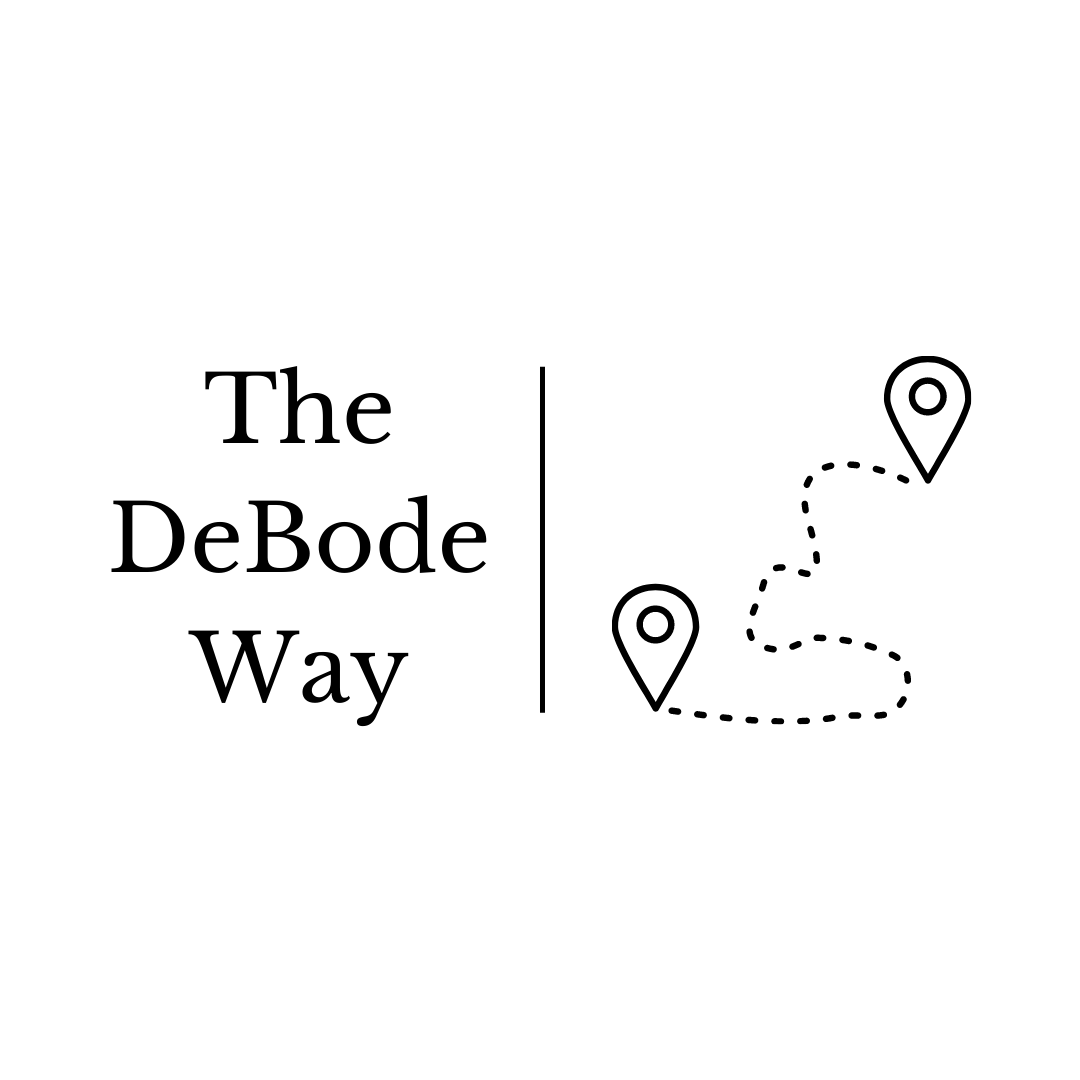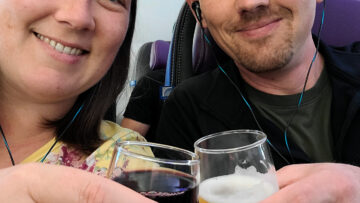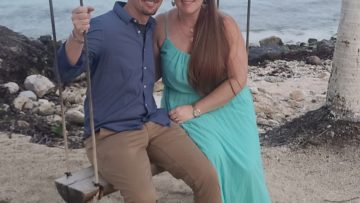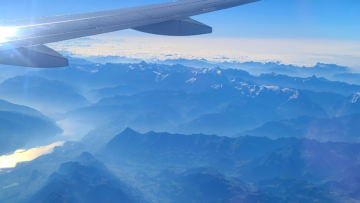If you’ve been following along with the blog, you’ll know we just returned from a 3-week adventure in Spain. When we talk about trips like this, we usually get one of two reactions. First, and most common: what a neat vacation! Let’s be clear: this wasn’t a vacation. It’s true we do our share of traveling…okay, maybe a little more than our share (#sorrynotsorry), but most of those travels aren’t vacations. In fact, they very rarely are.
That brings us to the second reaction: what do you do in [insert country here] for that long? More often than not, when we’re traveling, we’re doing so in conjunction with Jason’s job, either a class he’s currently teaching or one he’s preparing to teach. We also travel to various cities in the US to attend market to buy inventory for the women’s boutique we own. The main exception to this is when we venture across the pond to Scotland, but there’s still work involved to research and prep for bringing students over. So then, what does Jason do, exactly? Great question, read on for more.
For those who don’t know, Jason is a professor. Technically, as of the writing of this post, I’m an associate professor of strategic management and entrepreneurship. One of the neat things about my job is that I get to travel. Sometimes those travels are with students (like a trip to Scotland a few years ago), sometimes it’s to present at conferences (like an upcoming trip to London), sometimes it’s to teach at our sister campus (when he goes to China), and sometimes it’s to work for other universities. Our recent time in Spain falls into this last category.
I did my PhD at Auburn University (WAR EAGLE!!), and my advisor at Auburn has since become a program director for Auburn’s Global Programs, specifically the program in Rome and Madrid. In a nutshell, Auburn students can earn a minor in business in conjunction with this program. The students take a series of business classes over the summer term, all in Europe, spending the first half of the program in Rome and the second half in Madrid. They also have a week break in between locations to travel on their own. In my case, I taught a Fundamentals of Management class in Madrid over the span of 10 class days.
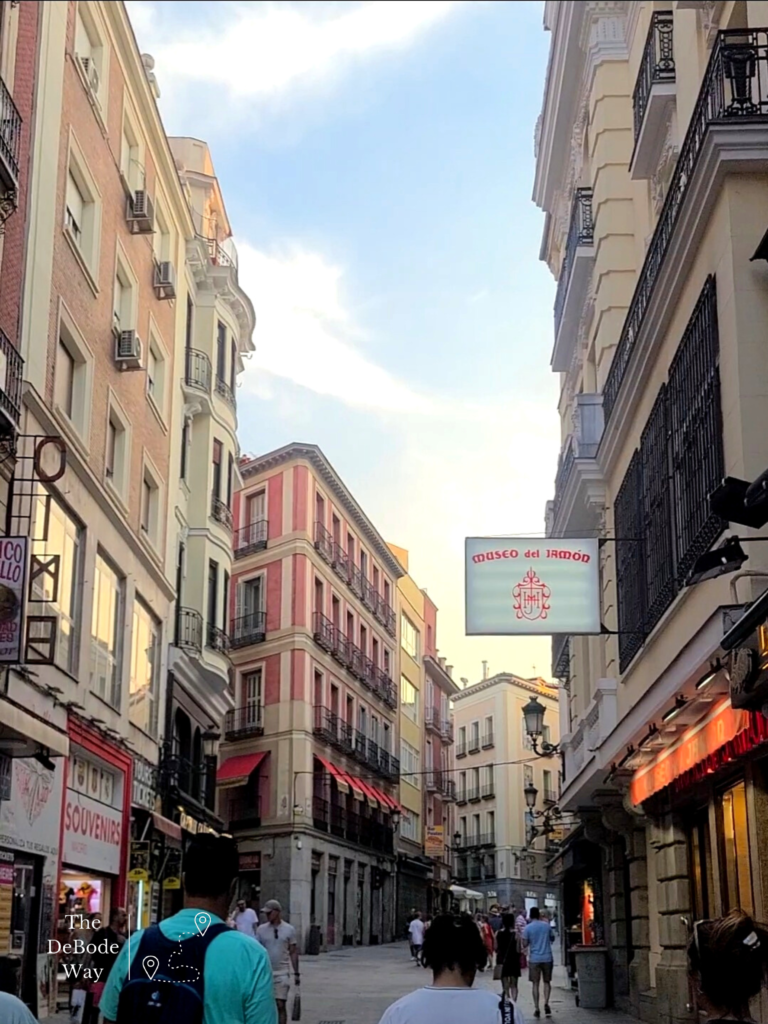
A typical day meant being out the door by 7:15 am or so and heading to the metro station in Puerta de Sol. Along the way, I’d stop at a little 24-hour store for a bottle of water and the nearby Starbucks for a coffee. Ordinarily, we encourage folks to eat locally as much as they can while abroad, and for all kinds of reasons. Unfortunately, when it comes to coffee in Europe almost all of it is espresso-based. In other words, if you order a ‘regular’ cup of coffee, what you’ll get is an Americano: a shot of espresso diluted with hot water. Seasoned coffee drinkers will know these aren’t the same things. Even when looking for iced coffees in Madrid (it was usually in the 80s on the way into the office), you’re likely to find iced espresso-based drinks. Fortunately, I discovered that Starbucks’ iced coffee was more like iced coffees back in the US and was more what I was looking for. So, water (always stay hydrated, especially in hot, dry climates!) and coffee in-hand, I’d head over to the metro station.
The metro makes life in Madrid much easier than it otherwise would be. Or, at least moving around is easier. There are multiple metro lines running all under Madrid, with each having a multitude of stops. Some stations are transfer stations, meaning it’s a place where two or more lines intersect. That makes it even easier to get to pretty much anywhere you need to go, as you can leave one line and hop on another to get to even more places. It’s also fairly inexpensive to jump on the metro and go. As of the writing of this post, we were able to get a 10-journey card for a little over €10. The other thing to keep in mind about the metro is each station usually has 4 entrances/exits. Most often, a metro station is under a street intersection at ground level, and there’s an entrance to the station on each corner (roughly) of the intersection. That can make it even more efficient to get around because if you get out at the right exit you don’t have to cross the street or wait for traffic. Of course, if you leave the wrong exit…
Anyway, back to the routine. So, jumping on the metro at Sol meant I had 4 stops before getting off at the Delicias station. From there it was a roughly 10-minute walk, mostly shaded, to the Talent Garden building. I’d usually arrive right around 8:15 am and head up to his classroom on the 2nd floor to get things ready. Class was scheduled from 9:00 am – 12:30 pm, but most days I’d let the students out around noon so they had time to work on their group projects. After answering questions and chatting with a few students, it was time to reverse the route to head back to the apartment: walk back to the Delicias station, hop on the metro and continue the 4 stops back to Sol, and from there a 5-minute walk back to the apartment at Plaza Mayor. Most days I was back at the apartment by 1 pm or so.
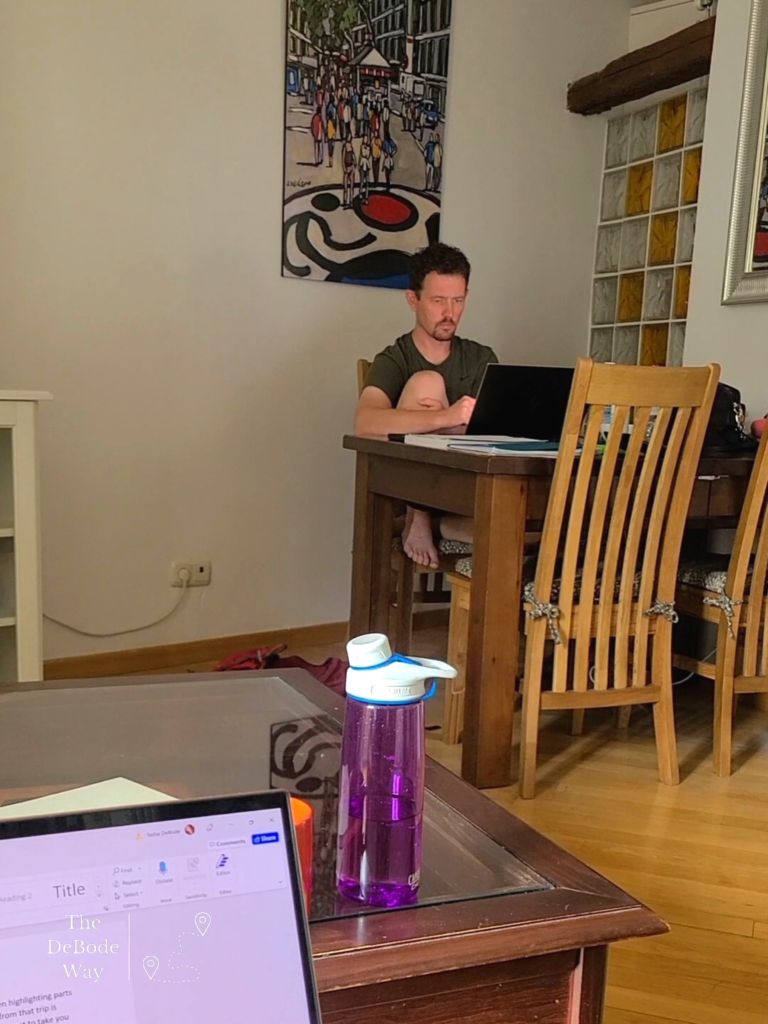
After getting back, I’d take a break for an hour or two to visit with Tasha and see what was happening in the world. Then, usually around 3 pm, I’d start working on the next day’s class. I wrote my lectures before heading to Madrid, but there were still notes to add, examples to fine-tune, e-mails to answer, and so on. That usually went until 5 pm or 6 pm, at which point it was time to start thinking about dinner. Keep in mind most restaurants don’t open for dinner in Madrid until 7:30 pm or so. That means you’re usually back home by 9:30 pm or 10 pm, which gives you just enough time to hit the shower before turning in for the night. There were also nights when we had program dinners or other events. Those are fun, but usually meant we’d get back to the apartment considerably later than 9:30 or 10 pm, even though the 6:30 am wake-up call never seemed to change. Oh well.
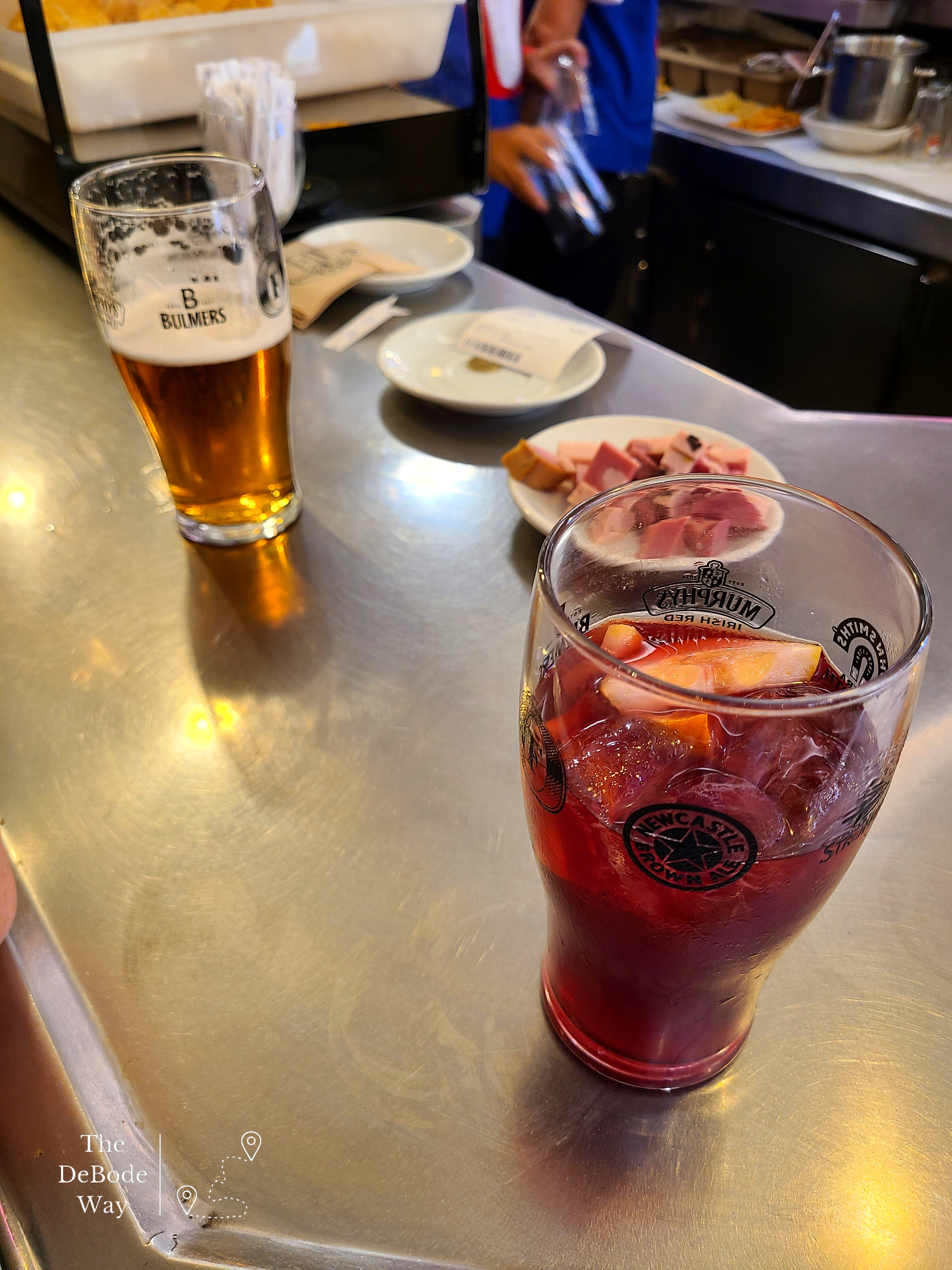
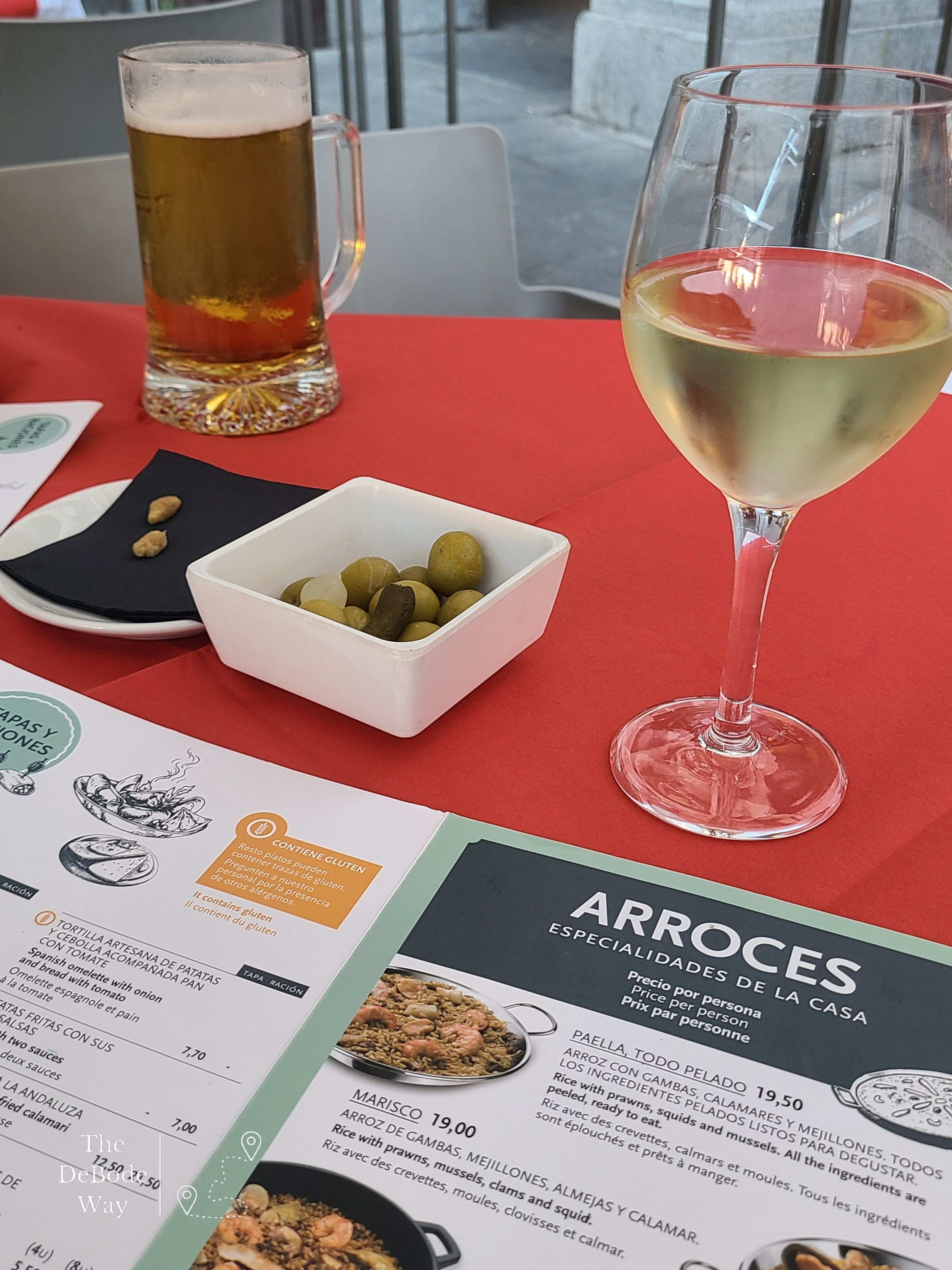
And that was life, every day, for all 10 days I was teaching. Not every trip with students is this intense, but they all involve more than a vacation from everyday life. No complaints, though: not everyone gets to do what they like, and even fewer get to do it all over the world. But trust me, it’s not a vacation.
